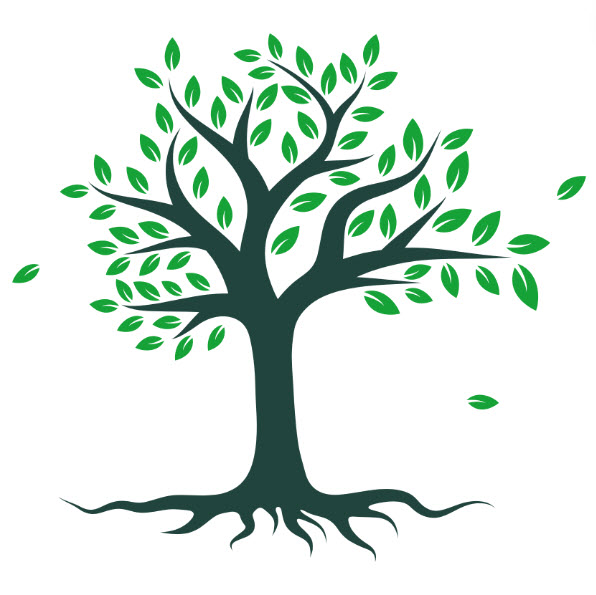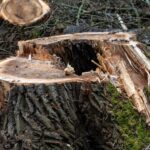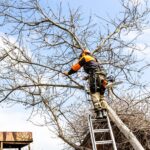
Tree Pruning
Tree services play a vital role in maintaining the health, safety, and beauty of trees in our environments. From pruning to disease management, these services ensure that trees remain a valuable and lasting part of our landscapes.
The Role of Tree Pruning
Tree pruning is a fundamental aspect of tree care, involving the careful removal of specific parts of a tree, such as branches or buds. Pruning serves multiple purposes: it improves tree structure, enhances growth, removes potentially hazardous dead branches, and maintains aesthetic appeal.
Tree pruning services are typically offered by professional arborists who understand the complexities of tree anatomy and growth. Proper pruning requires skill and knowledge to ensure that the tree is not damaged and that it can continue to grow healthily.
The cost of tree pruning can vary based on factors like tree size, location, and the complexity of the job. Trees that are large or difficult to access may require more resources, resulting in higher costs.
Tailoring Care to Tree Species
Each tree species has unique requirements that must be met to ensure their health and longevity.
Apple trees are commonly grown for their fruit and require regular pruning to enhance fruit production and shape the tree. Removing dead or diseased branches is crucial for the tree’s health.
Crepe myrtle trees are valued for their colorful blooms and smooth, exfoliating bark. Pruning should be done carefully to maintain their form and encourage future flowering.
Palm trees are a staple in warm climates and need periodic pruning to remove dead or dying fronds. Over-pruning can harm the tree, so it should be done judiciously.
Japanese maple trees are cherished for their intricate foliage and vibrant fall colors. Pruning these trees helps maintain their natural shape and removes any dead or crossing branches.
Cherry trees are known for their spring blossoms. Pruning is essential to remove dead or damaged branches and to maintain the tree’s overall health and structure.
Maple trees are famous for their stunning autumn colors. Pruning should be done in late winter or early spring to remove deadwood and ensure the tree’s structure is sound.
Pear trees need regular pruning to encourage fruit production and maintain a manageable size. Removing weak or damaged branches is also necessary for the tree’s health.
Oak trees are among the most durable and long-lived trees. Pruning is best done during the dormant season to reduce the risk of diseases such as oak wilt.
Plum trees benefit from regular pruning, which helps to remove dead or diseased wood and encourages better fruit yields.
Pine trees require minimal pruning, but when necessary, dead or damaged branches should be removed carefully to preserve the tree’s natural shape.
Arborvitae is often used for privacy hedges and screens. Pruning helps to maintain a dense, uniform shape and promotes healthy growth.
Magnolia trees are noted for their large, fragrant flowers. Pruning after flowering helps maintain their shape and removes any dead or damaged branches.
Dogwood trees are popular for their spring flowers and fall foliage. Pruning dogwoods helps to remove dead or diseased wood and improve the tree’s overall health.
Holly trees are evergreens known for their bright red berries. Pruning is necessary to shape the tree and remove any dead or damaged branches.
Evergreen trees retain their foliage year-round, providing consistent color and texture in a landscape. Pruning helps maintain their shape and remove any unhealthy branches.
Weeping cherry trees are valued for their graceful, drooping branches and spring blossoms. Pruning after flowering helps to preserve their shape and remove deadwood.
Mulberry trees are fast-growing and produce sweet fruit. Regular pruning helps control their size and remove any damaged or dead branches.
Redbud trees are small ornamental trees known for their early spring flowers. Pruning in late winter or early spring helps maintain their shape and remove any dead branches.
Willow trees are characterized by their elegant, arching branches. Pruning helps to remove dead wood and maintain the tree’s form, ideally done in late winter or early spring.
Cherry blossom trees are iconic for their beautiful springtime displays. Pruning helps maintain their shape and health, typically done after blooming.
Silver birch trees are known for their distinctive white bark and delicate foliage. Pruning helps maintain their shape and remove any dead or damaged wood. It’s best to prune silver birches in late winter or early spring.
Addressing Dead Branches
Dead branches on a tree can pose significant safety hazards, including the risk of falling and causing damage or injury. Removing these branches is crucial for the safety and health of the tree. Professional arborists can provide tree cutting services for dead wood safely, ensuring the tree’s overall well-being.
In conclusion, tree services such as pruning, tailored to the needs of specific tree species, are essential for maintaining healthy, beautiful landscapes. Whether it’s routine maintenance or addressing specific issues, professional tree care ensures that trees continue to thrive and enhance our environments. See more about our services.



